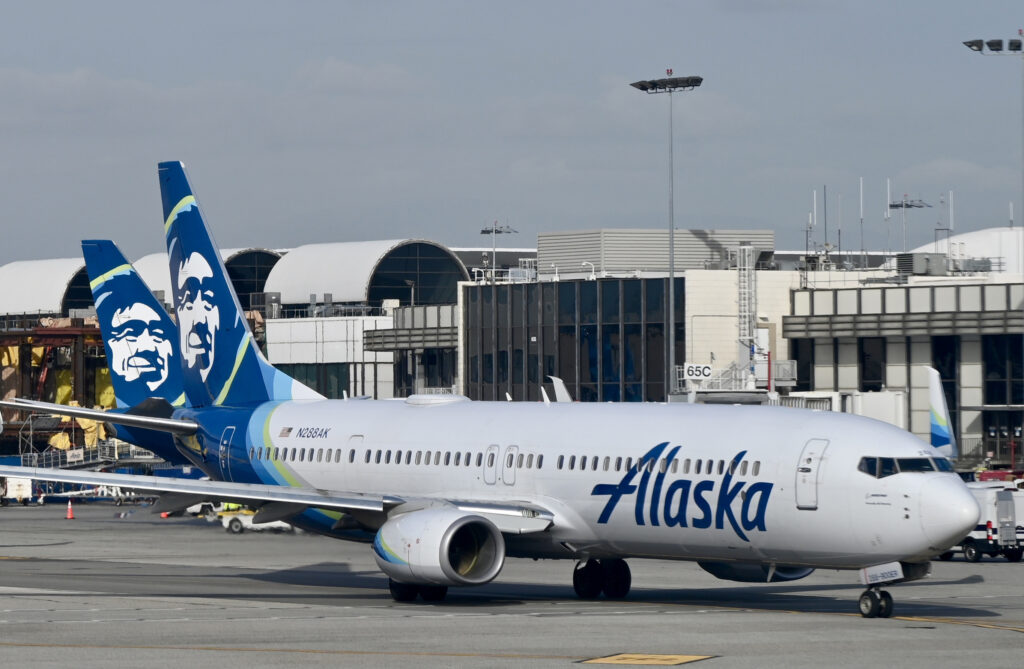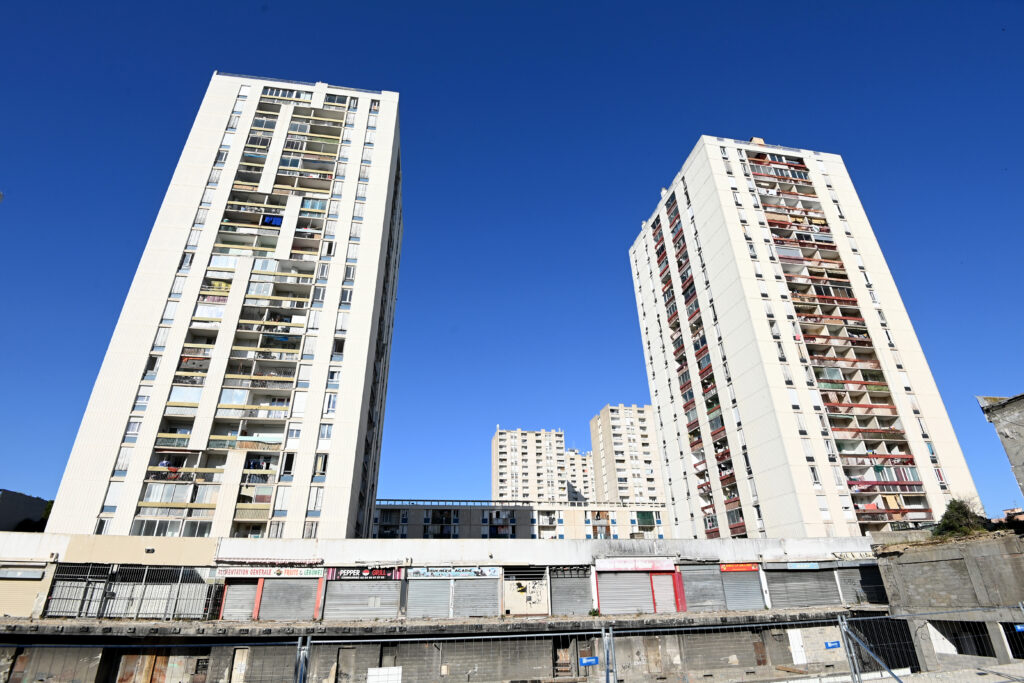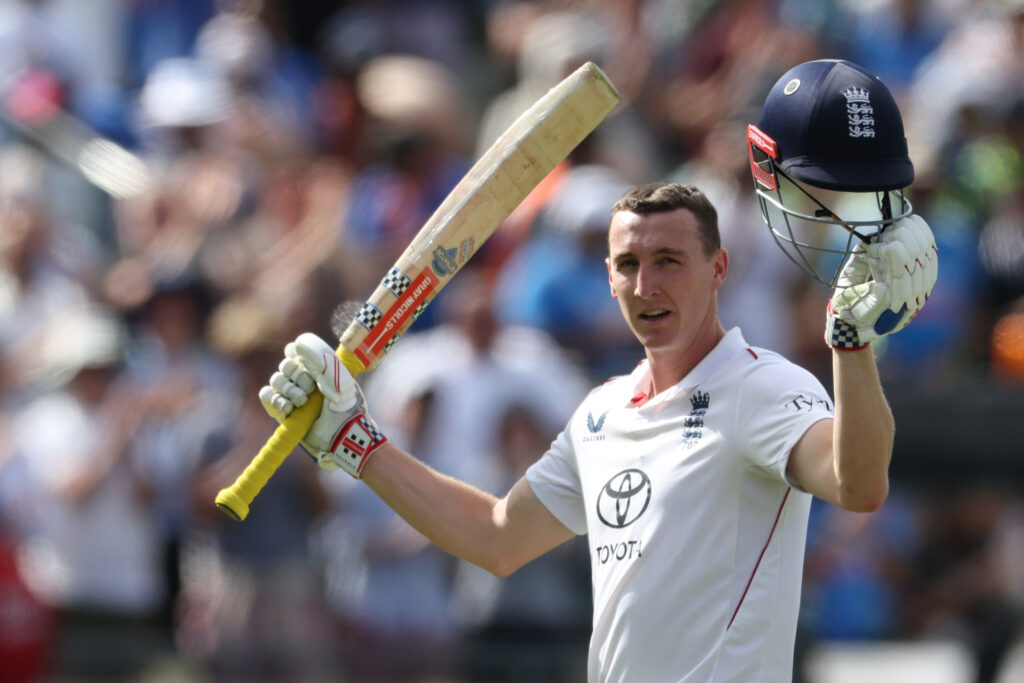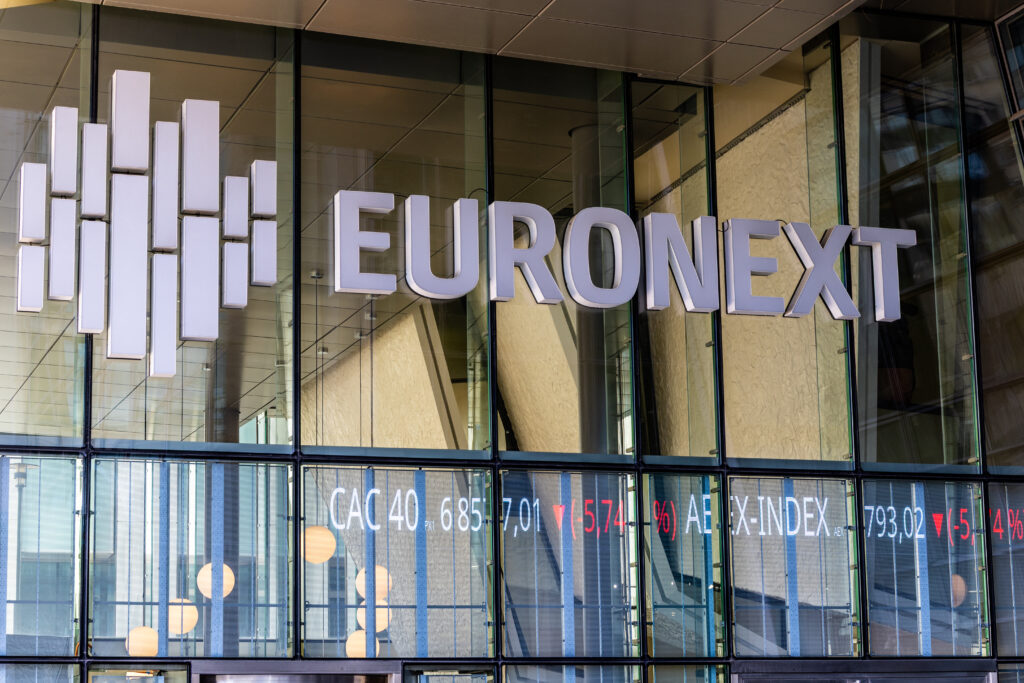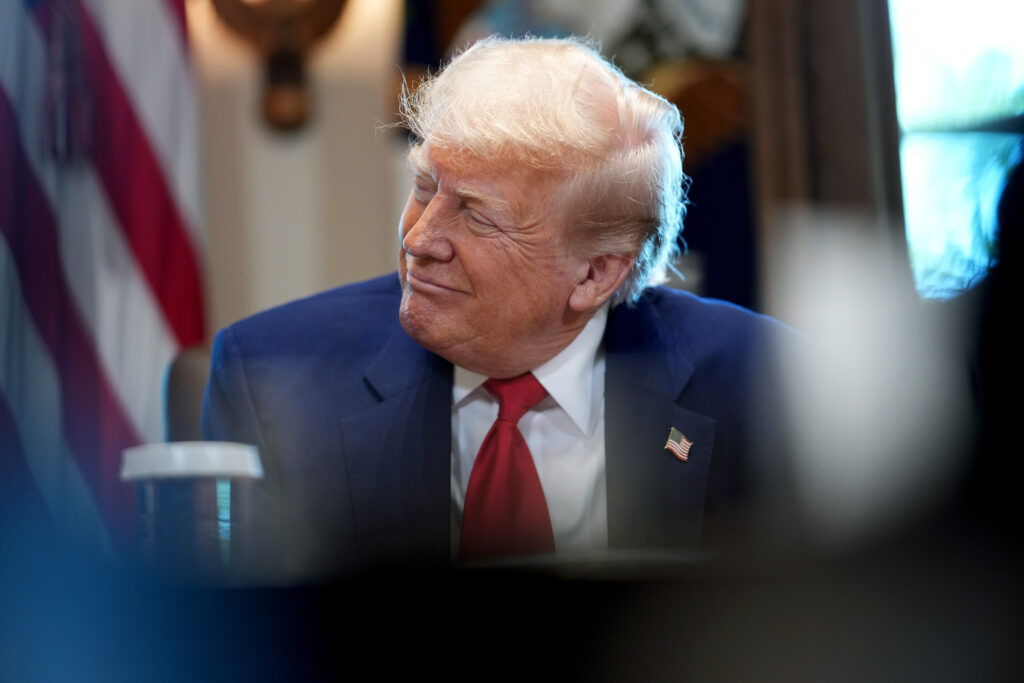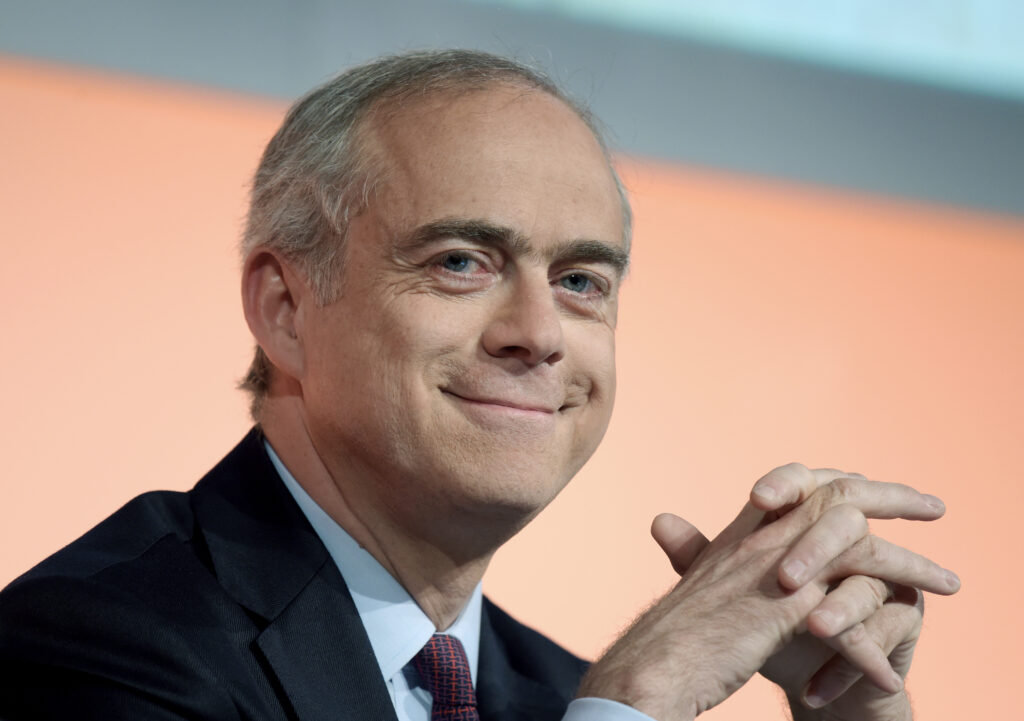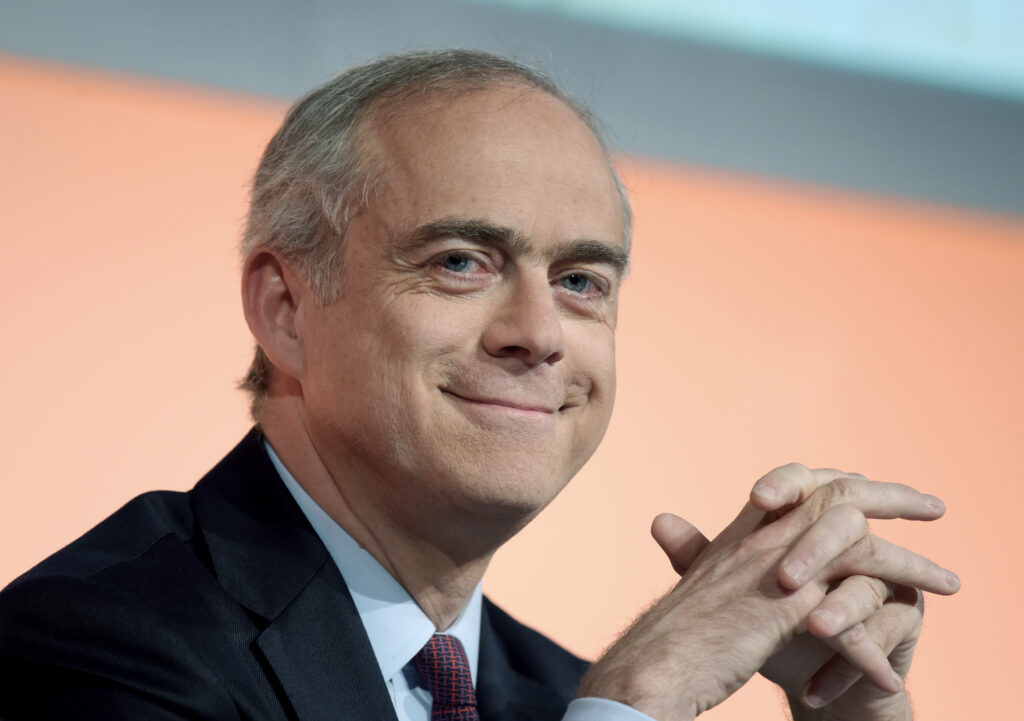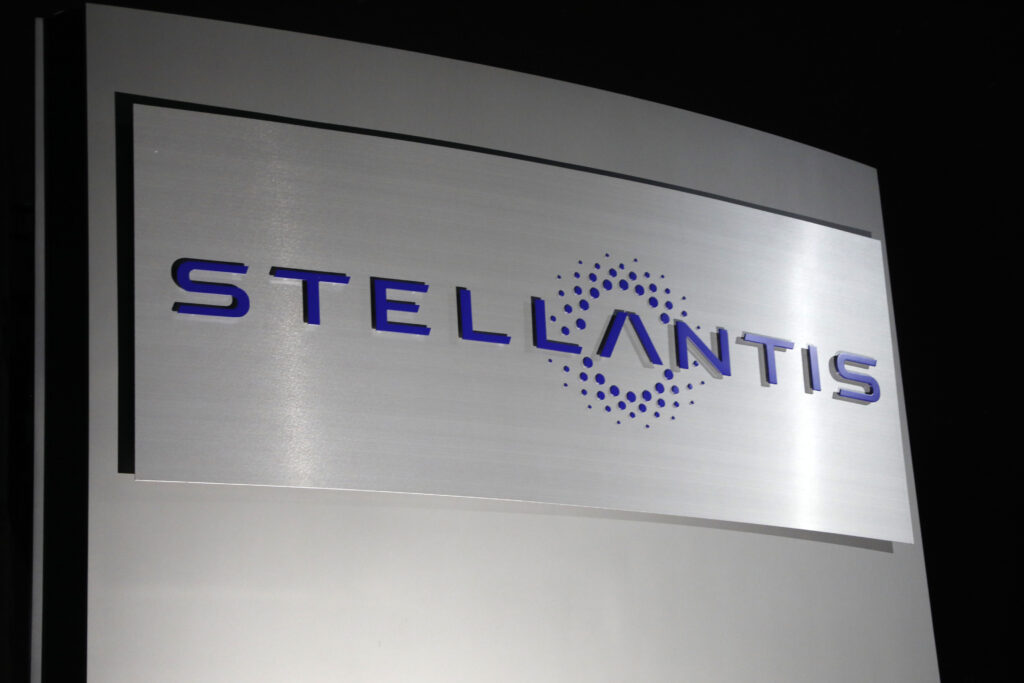La défaillance d’un composant à l’origine de la suspension des vols d’Alaska Airlines
Alaska Airlines et sa filiale Horizon Air s’activaient lundi à reprendre un service normal, après une interruption de tous leurs vols pendant près de trois heures en raison d’une panne informatique dimanche soir causée par un composant défaillant, nouveau déboire pour la cinquième compagnie américaine par la taille.”Nous œuvrons pour remettre nos activités en place aujourd’hui au sein d’Alaska Airlines et Horizon Air après une panne informatique majeure dimanche soir qui a entraîné un arrêt de tous les vols”, a publié Alaska Airlines lundi matin sur le réseau social X, incitant les clients à vérifier le statut de leur vol avant de se rendre à l’aéroport.”Un composant crucial d’équipement à redondance multiple dans nos centres de données, fabriqué par un tiers, a subi une défaillance imprévue”, a expliqué la compagnie lundi matin dans une déclaration à l’AFP, au sujet de cette pièce traditionnellement installée en plusieurs exemplaires pour éviter, normalement, toute interruption de service.”Lorsque cela s’est produit, cela a affecté plusieurs de nos systèmes clefs nous permettant d’effectuer diverses opérations, nécessitant la mise en place d’un arrêt des vols”, a-t-elle poursuivi, assurant que la sécurité des vols n’avait “jamais été compromise”.”Nous travaillons actuellement avec notre fournisseur pour remplacer l’équipement” problématique, a expliqué Alaska Airlines, tout en précisant que le panne n’était “liée à aucun autre événement en cours, et n'[était] pas une cyberattaque”.Cette panne est survenue alors qu’une attaque informatique majeure a ciblé les jours précédents des serveurs de Microsoft SharePoint en exploitant une vulnérabilité du logiciel de partage de documents.Selon l’entreprise de cybersécurité néerlandaise Eye Security, cette faille a permis à des cybercriminels de compromettre des agences gouvernementales, des universités, des entreprises énergétiques et des institutions internationales, en particulier aux États-Unis.Depuis dimanche soir, plus de 150 vols ont été annulés — dont 64 sur la journée de lundi — et des perturbations devraient perdurer le temps qu’avions et équipages retrouvent leurs positionnements prévus, a indiqué la compagnie aérienne.Selon ses différents messages d’information postés sur X, la panne a commencé vers 03H00 GMT lundi — 20H00 dimanche sur la côte Ouest des États-Unis, où se trouve son siège. Son site internet était aussi en dérangement depuis cette heure-là, selon des sites spécialisés.”A partir de 23H00 (06H00 GMT), l’arrêt au sol a été levé et nos activités ont repris”, avait-elle ensuite annoncé, présentant des excuses pour “la gêne occasionnée”.Vers 15H50 GMT, l’action Alaska Airlines reculait de 0,16% à la Bourse de New York.- Panne en septembre -En septembre 2024, la compagnie avait déjà subi une panne informatique importante, provoquant aussi un maintien au sol de ses avions et des retards de vols.Elle avait alors assuré qu’il ne s’agissait pas d’une cyberattaque, mais d’un problème de certificat affectant plusieurs systèmes.En janvier 2024, une porte-bouchon — opercule condamnant une issue de secours redondante — d’un Boeing 737 MAX 9 nouvellement livré s’était détachée lors d’un vol d’Alaska Airlines entre Portland (Oregon) et Ontario (Californie), laissant un trou béant dans le fuselage.L’incident, qui n’avait fait que quelques blessés légers, avait conduit le régulateur américain de l’aviation civile (FAA) à clouer au sol les dizaines de Boeing 737 MAX 9 disposant de cette configuration.Il a aussi été le point de départ d’une crise profonde de l’avionneur, à cause de problèmes récurrents de qualité de sa production.Dans un rapport préliminaire publié un mois après, l’Agence américaine de sécurité dans les transports (NTSB) avait révélé que quatre boulons de fixation de cette pièce au fuselage manquaient.Elle a publié le 10 juillet son rapport d’enquête final: des défaillances de Boeing sont la “cause probable” de l’incident, cumulées à un “défaut de supervision” de l’avionneur par la FAA.Alaska Ailines est la cinquième compagnie aérienne des États-Unis par la taille depuis son rachat en 2024 de Hawaiian Airlines. Elles disposent d’une flotte de plus de 360 avions desservant environ 140 destinations.
